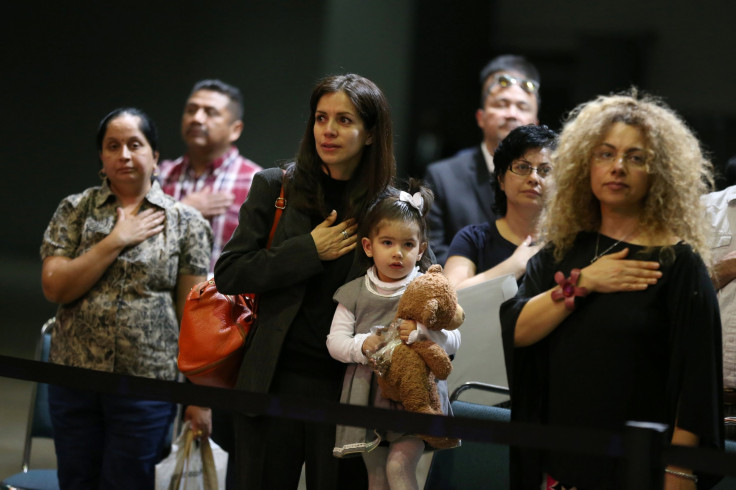Mother's Day 2017: 10 Fun Facts, Traditions About Mother's Day

Mother's Day is about celebrating motherhood and the special bond that everyone shares with their mothers. Traditionally, the day is about children gifting their mothers with flowers, cards, and other presents.
The history of Mother's Day in the U.S. dates back to 1900s when Anna Jarvis, daughter of Ann Reeves Jarvis marked the day, after her mother's death in 1905, as a way of honoring the sacrifices mothers made for their children. Jarvis organized the first Mother's Day in May 1908 at a church in West Virginia.
Read: 7 Budget-Friendly Mother's Day Gifts
Following the success of her Mother's Day celebrations, Jarvis — who herself remained unmarried and childless lifelong — resolved to make this day add to the national calendar. This was also partly because, she argued, all American holidays were biased toward male achievements. She started a massive campaign where she sent letters to newspapers and politicians insisting on adopting a special day dedicated to mothers. Finally, her hard work paid off in 1914, when President Woodrow Wilson signed a measure officially establishing the second Sunday in May as Mother’s Day.
Mother's Day across the world is celebrated with much zeal and zest. Here are 10 fun facts about the special day.
1. In Greek mythology spring festivals were held in honor of the maternal goddess called, Rhea. She was the wife of Cronus and was believed to be the mother of many deities.
2. There were 43.5 million mothers in the U.S. between the age group of 15 to 50 years old in 2014. Those mothers gave birth to 95.8 million children, according to the U.S. Census Bureau.
3. About 133 million Mother's Day cards are exchanged annually in the U.S., according to the Greeting Card Association.
4. While many countries celebrate Mother's Day on the second Sunday in May, a tradition which began in the U.S., it's celebrated annually May 10 in Mexico. Similar celebrations to honor mothers, take place on various days of the year in other countries, often following ancient or religious traditions.
5. In the vast majority of the world’s languages, the word for “mother” begins with the letter M.
6. The shortest span between two babies is by mother, Jayne Bleackley. She gave birth to her son on September 3, 1999. Then only 208 days later gave birth to her daughter (on March 30, 2000).
7. In Britain and some parts of Europe, the fourth Sunday of Lent was often celebrated as Mothering Day, but that has been replaced by Mother's Day, for the most part.
8. Omikami Amaterasu is the Mother of the World in the Shinto religion. The Imperial family in Japan claims they are her descendants.
9. In what was formerly Yugoslavia, children would tie up their mother on Mother’s Day. The only way she could get free would be to pay her children with treats.
10. In 1939 in Lima, Peru, the youngest mother on record delivered a baby boy by C-section. She was only 5 years-old and the baby was raised as her brother.
© Copyright IBTimes 2024. All rights reserved.





















